
JUDAS TREE Cercis Siliquastrum 100 / 250 / 750 Seeds Etsy
The Judas tree, European redbud or love tree (Cercis siliquastrum) is one of the best ornamental trees you can grow.It has beautiful spring blossom - in late spring, the bare branches are smothered in pea-like magenta flowers, which are followed by pretty, heart-shaped leaves that turn butter yellow before falling in autumn. Purple seed pods appear in summer.
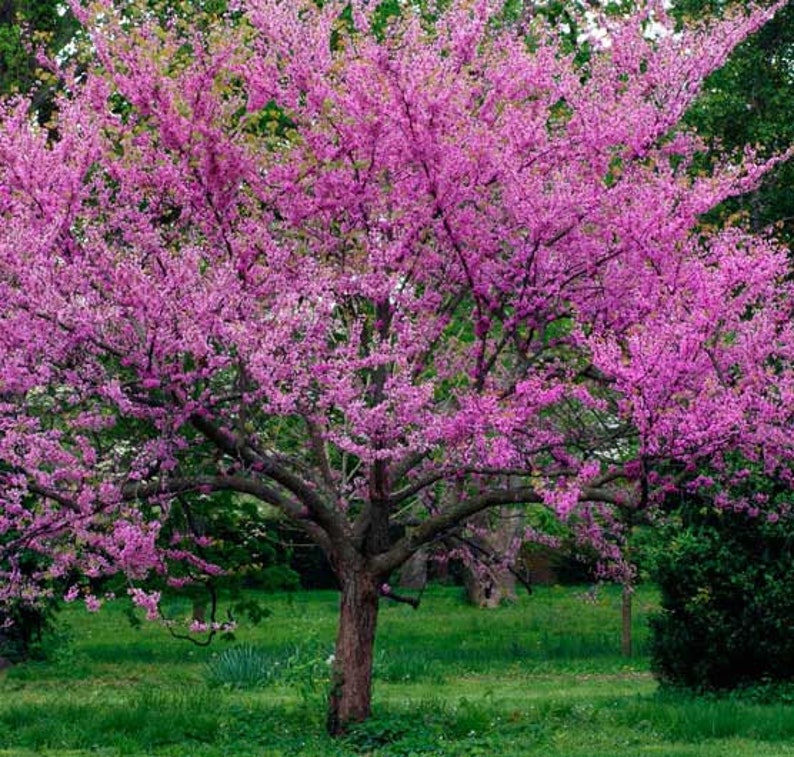
CERCIS SILIQUASTRUM Judas tree 20 seeds Etsy
Eastern redbud (Cercis canadensis), also called Judas tree, is an outstanding, deciduous ornamental tree in South Carolina. This is a small tree native to the eastern United States and Canada, with lavender-pink blossoms that open early in spring and are as colorful as any flowering spring tree in the landscape. It is adapted to all areas of.

How to plant Cercis siliquastrum (Judas tree)
Quick Growing and Care Guide. Scientific Name: Cercis siliquastrum. Common Name (s): Judas tree, Love tree, Mediterranean Redbud. Growing Zone (USA / UK Hardiness): 5 to 9 / H5. Plant Details. Life Cycle / Plant Type: Deciduous tree. Bushy. Plant Height: 15 to 40 feet (4.5 to 12 m). Plant Spread: 15 to 32 inches (4.5 to 10 m). Blooms: Spring. On bare branches and the trunk.
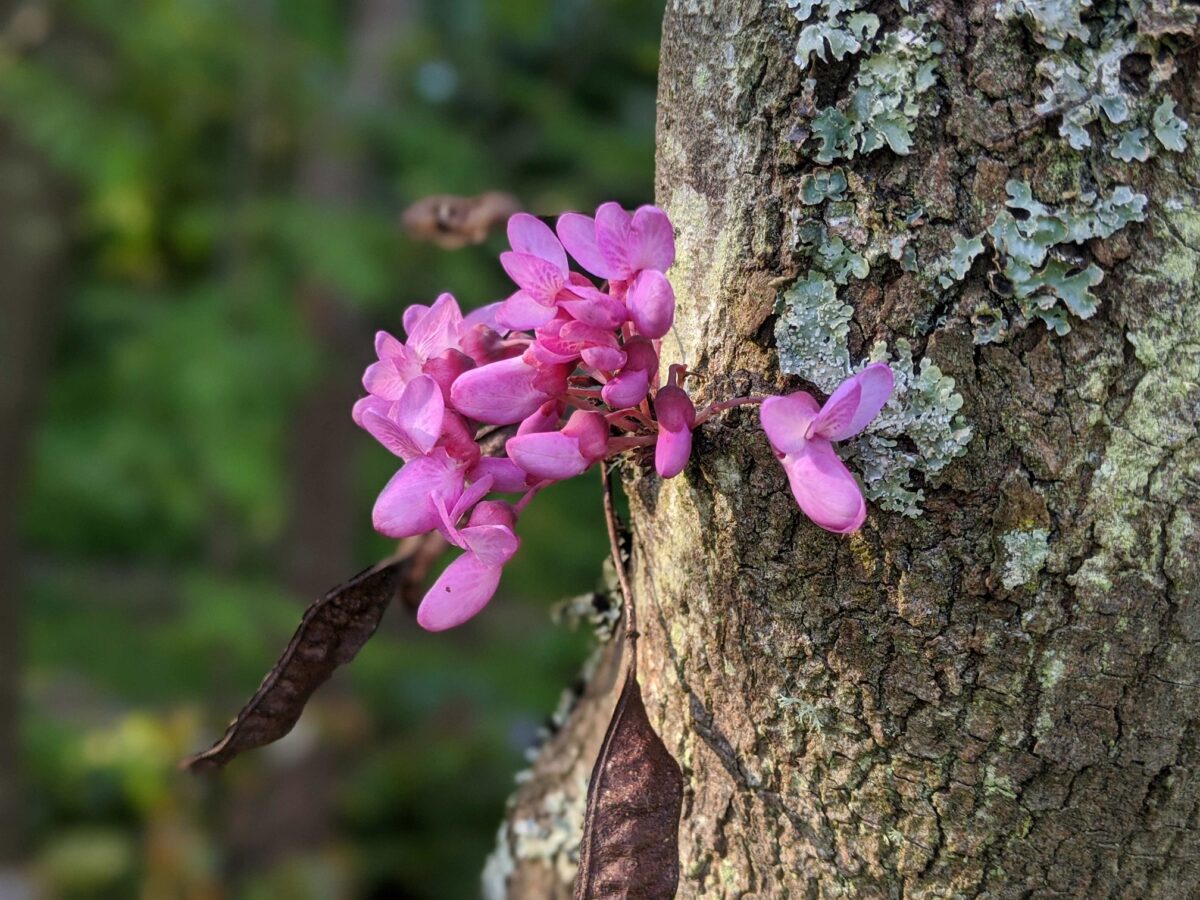
Cercis siliquastrum Judas tree The 3 Growbags
Noteworthy Characteristics. Cercis siliquastrum, commonly called Judas tree or Mediterranean redbud or love tree, is a deciduous, often multi-trunked, understory tree with a rounded crown that typically matures to 15-25' tall and as wide.This tree is native to woodlands in the Mediterranean region extending from southern Europe to western Asia.
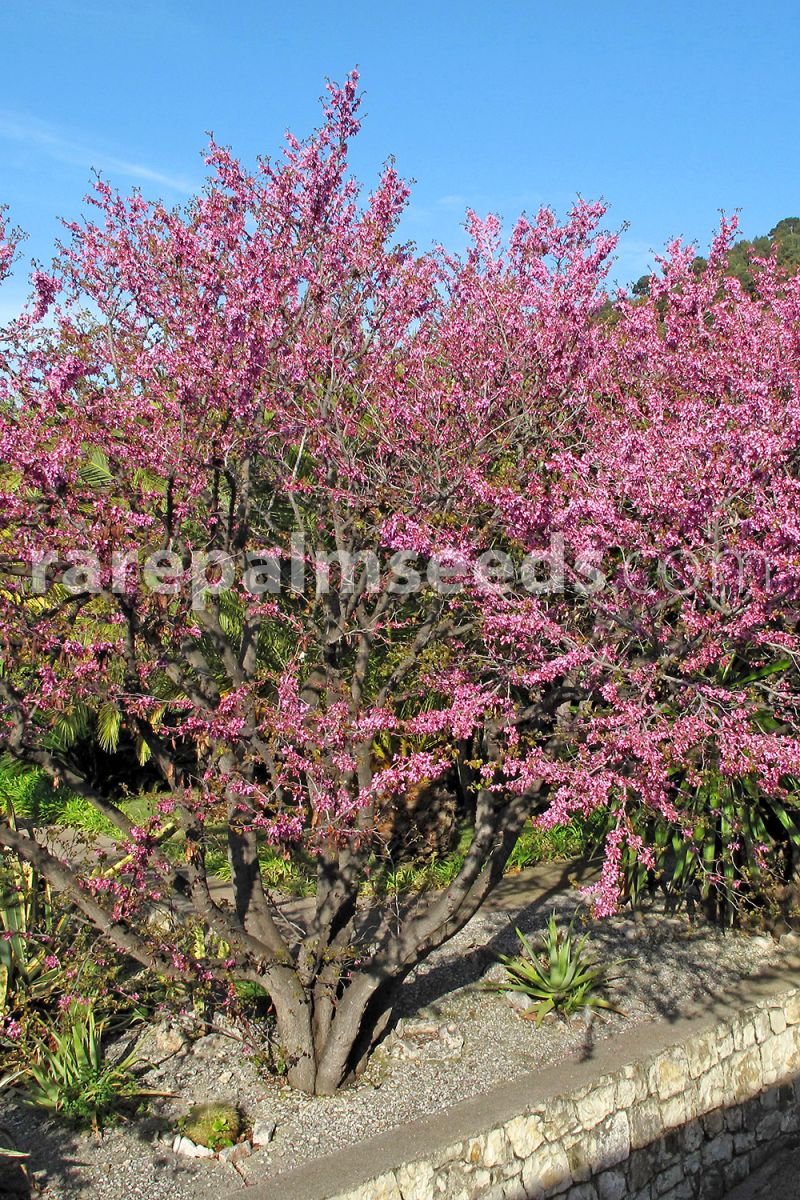
Cercis siliquastrum Judas Tree, Redbud Buy seeds at
Judas Tree, Mediterranean Redbud, Love Tree. Noted for its spectacular floral display, Cercis siliquastrum (Judas Tree) is a deciduous, often multi-trunked tree with a rounded crown. Masses of pea-like purplish rose flowers held in clusters appear in the spring, before or with the leaves. Pretty on the tree and good in salads, they are larger.

THE JUDAS TREE The Garden of Eaden
In addition to the redbuds found in North America, several other species of Cercis are found in the Old World. The Judas-tree, C. Siliquastrum, is commonly seen throughout the Mediterranean region and southern Europe. According to legend, Judas Iscariot hanged himself from a branch of this plant, and its white flowers then turned red with.
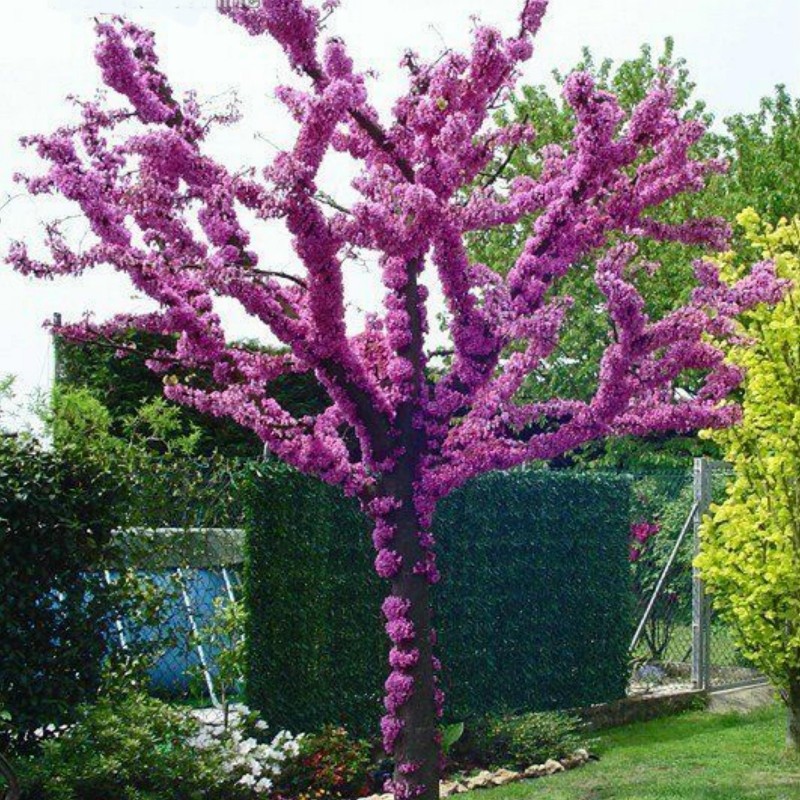
Judas tree Seeds (Cercis siliquastrum) Price €1.95
Cercis siliquastrum, also known as the Judas tree, European redbud or love tree, is a beautiful small ornamental tree. In late spring, the bare branches are smothered in pea-like magenta flowers, popular with bees. These are followed by pretty, heart-shaped leaves that turn butter yellow before falling in autumn. Purple seed pods appear in summer.

Cercis siliquastrum(Judas Tree) Plant & Nature Photos Soodabeh's
Free Shipping Available. Buy on eBay. Money Back Guarantee!

Cercis Siliquastrum Judas Tree Buy Plants Online Pakistan Online
Cercis / ˈ s ɜːr s ɪ s / is a genus of about 10 species in the subfamily Cercidoideae of the pea family Fabaceae. native It contains small deciduous trees or large shrubs commonly known as redbuds in the USA. They are characterised by simple, rounded to heart-shaped leaves and pinkish-red flowers borne in the early spring on bare leafless shoots, on both branches and trunk ("cauliflory").

Cercis siliquastrum Judas Tree, Love Tree Trees Speciality Trees
The scientific name for this tree is Cercis canadensis.It shares a spot in the Fabaceae (pea) family with other species like the Kentucky coffee tree, wattles (Acacia spp.), powder puff tree (Albizia julibrissin), and wisteria (Wisteria sinensis).Eastern redbud is the common name for the genus. It can be referred to as simply "redbud," but there are other species that use this name.

Cercis siliquastrum, Judas Tree, scented, flowering tree, bonsai
Other plants called Judas Tree: Cercis canadensis 'Merlot' Cercis canadensis 'Ruby Falls' Cercis siliquastrum; Phonetic Spelling SER-sis kan-ah-DEN-sis Description 'Carolina Sweetheart'™ redbud is a deciduous, often multi-trunked, understory tree in the Fabaceae (bean) family. It has a rounded crown and typically matures to 20 to 30 feet.

3ft Judas Tree 3L Pot 'Cercis siliquastrum' £29.99 Judas tree
Sometimes called the Judas tree, from its oriental relative of that name,. Members of the genus Cercis support the specialized bee Habropoda laboriosa. Insects, Diseases, and Other Plant Problems: Insect pests include leafhoppers, caterpillars, borers, Japanese beetles, treehoppers, scale, and webworms. Possible diseases include canker.

Cercis Siliquastrum Judas Tree 50 Seeds Etsy
Genus. Cercis are deciduous shrubs or small trees with heart-shaped leaves and clusters of bright pink pea-flowers opening before or with the leaves, followed by flattened, deep purple pods. Name status. Correct. Plant range. S Europe, W Asia. Advertise here.
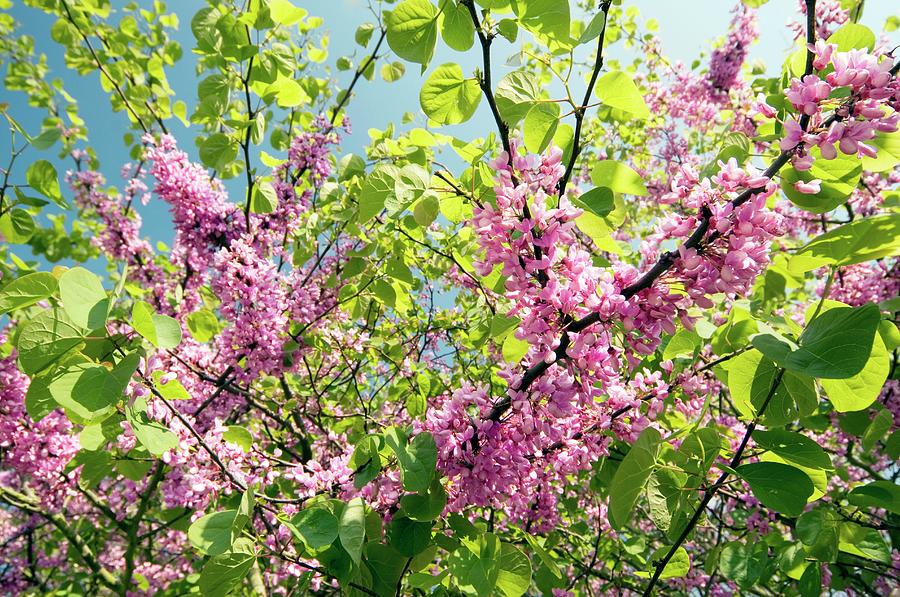
Judas Tree (cercis Siliquastrum) Photograph by Dr. John Brackenbury
Merlot redbud is a deciduous shrub or small tree in the Fabaceae (bean) family that got its common name from the color of its foliage, similar to the wine of the same name. The genus name Cercis comes from the Greek word kerkis, which means weaver's shuttle, referring to the fact that the seed pod resembles the size and shape of a weaver's.
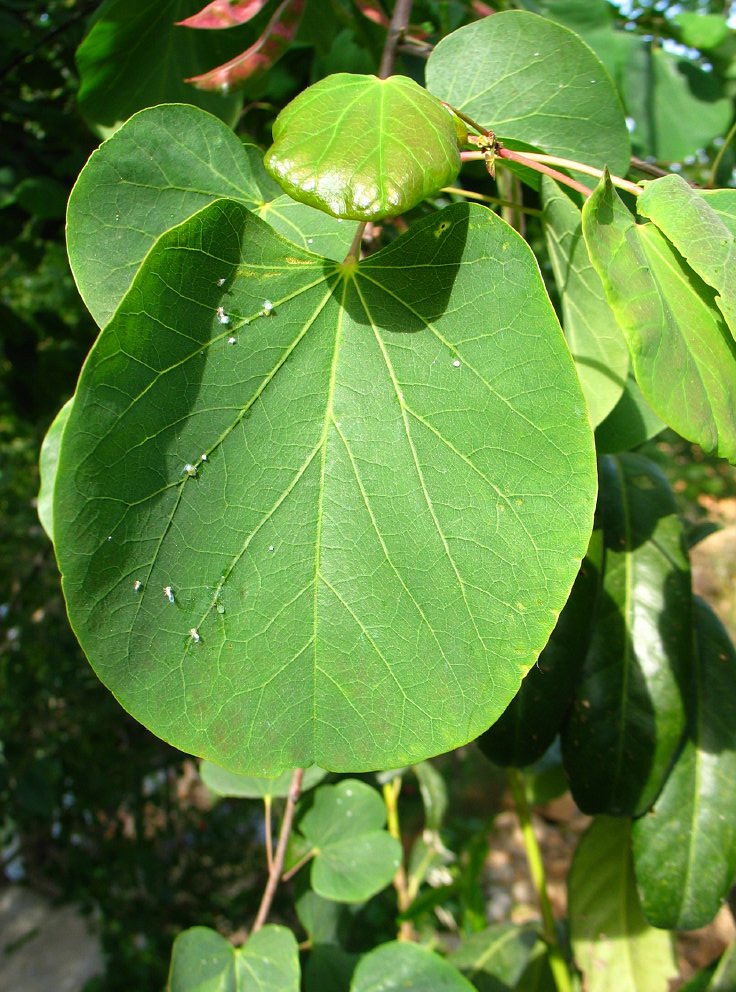
Judasboom Cercis siliquastrum Judas tree Dutch treeguide at www
Cercis siliquastrum. L. Synonyms. Siliquastrum orbicularis Moench. Cercis siliquastrum, commonly known as the Judas tree or Judas-tree, [1] is a small deciduous tree in the flowering plant family Fabaceae which is noted for its prolific display of deep pink flowers in spring. It is native to Southern Europe and Western Asia .

Cercis siliquastrum Judas Tree, Redbud Buy seeds at
Subject : Cercis siliquastrum. Cercis siliquastrum is a deciduous Tree growing to 12 m (39ft) by 10 m (32ft) at a medium rate. See above for USDA hardiness. It is hardy to UK zone 6 and is not frost tender. It is in flower in May, and the seeds ripen in September. The species is hermaphrodite (has both male and female organs) and is pollinated.